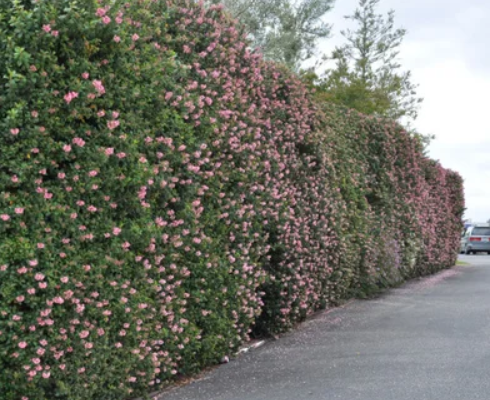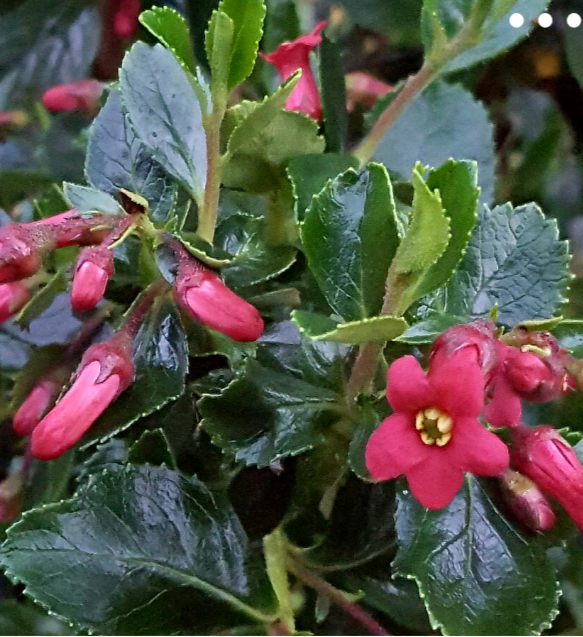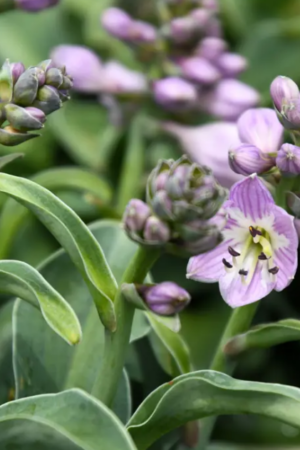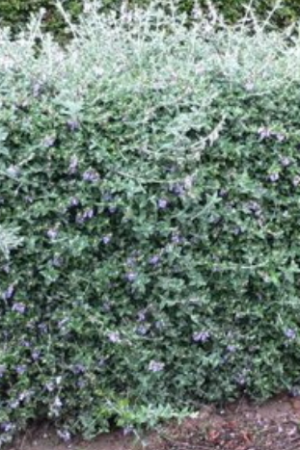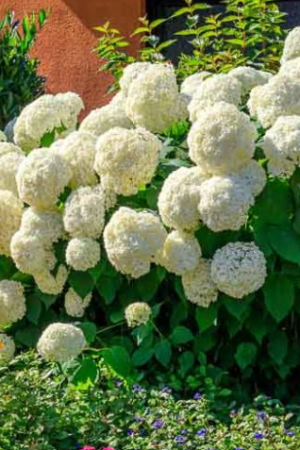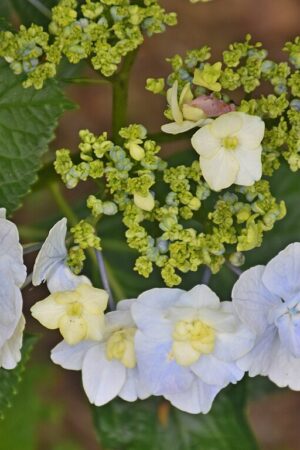Escallonia rubra macrantha is renowned for its vibrant colours and unique appearance. Small and glossy, green foliage serves as a stunning backdrop to the masses of pink, dark pink, and sometimes red flowers during spring and summer. It is an easily grown shrub with a bushy habit and typically grows to 2.5 m tall and the same wide. Escallonia rubra macrantha is commonly included in mixed plantings, used as a backdrop for smaller plants, trimmed into a hedge, included in cottage gardens, or planted around outdoor living areas.

Welcome to Clelands. Use our expertise, experience and knowledge to create your landscape dreams. For the most cost effective planting, use our design plant by number service.

Escallonia Rubra
Escallonia rubra macrantha
Escallonia rubra macrantha is renowned for its vibrant colours and unique appearance. Small and glossy, green foliage serves as a stunning backdrop to the masses of pink, dark pink, and sometimes red flowers during spring and summer. It is an easily grown shrub with a bushy habit and typically grows to 2.5 m tall and the same wide. Escallonia rubra macrantha is commonly included in mixed plantings, used as a backdrop for smaller plants, trimmed into a hedge, included in cottage gardens, or planted around outdoor living areas.
$17.80
Care guide:
Escallonia rubra, also known as Red Escallonia, is a versatile, evergreen shrub that produces vibrant red or pink flowers and is a popular choice for hedges or accent plants in gardens. Here’s a planting guide for this beautiful shrub:
- Sunlight: Escallonia rubra thrives in full sun to partial shade. It needs at least 6 hours of direct sunlight per day for optimal growth and flowering.
- Soil: It prefers well-draining, slightly acidic to neutral soil. Sandy or loamy soils work best. Avoid heavy clay soils that retain too much moisture and can lead to root rot.
- Spacing: Allow at least 3 to 5 feet of space between each plant if planting in a hedge formation. If planting individually, consider spacing them according to how large you expect them to grow.
- Time to Plant: The best time to plant Escallonia rubra is in the spring or fall when the temperatures are mild, and the plant can establish roots before the harsh summer or winter conditions.
- Prepare the Soil: Before planting, loosen the soil around the planting hole. If the soil is poor, improve it by mixing in some compost or well-rotted manure to enrich it.
- Digging the Hole: Dig a hole that is twice the size of the root ball of the plant. This ensures the roots have enough space to spread out and establish a strong foundation.
- Planting: Place the plant in the hole, ensuring the top of the root ball is level with the surrounding soil. Backfill with soil, gently pressing it around the roots to eliminate air pockets.
- Watering: After planting, water the shrub deeply to settle the soil and ensure the roots begin to establish. Continue to water regularly for the first few weeks, ensuring the soil remains moist but not soggy.
- Watering: Once established, Escallonia rubra is somewhat drought-tolerant. However, during dry spells, water deeply about once a week. Ensure good drainage to prevent waterlogging, which can cause root rot.
- Fertilizing: Fertilize in spring using a balanced, slow-release fertilizer. You can also use a general-purpose liquid feed every few weeks during the growing season to encourage healthy growth and flowering.
- Pruning: Escallonia rubra requires minimal pruning, but regular trimming will help maintain its shape. Prune in late winter or early spring before new growth begins. Remove any dead or damaged branches and shape the plant as desired.
- Deadheading: To encourage more blooms, deadhead faded flowers regularly.
- Escallonia rubra is generally resistant to pests and diseases, but it can occasionally be affected by aphids, mealybugs, or mildew.
- Aphids: Treat aphid infestations with insecticidal soap or by spraying the plant with a strong jet of water.
- Powdery Mildew: Prevent powdery mildew by ensuring good air circulation around the plant and watering the base of the plant instead of overhead.
- Escallonia rubra is generally hardy in USDA Zones 8-10. If you’re in a colder region, you may need to protect it during the winter.
- Mulch: Apply a thick layer of mulch around the base of the plant to protect its roots from freezing.
- Covering: You can cover the plant with frost fabric during particularly cold nights to shield it from harsh frosts.
- Escallonia rubra ‘Apple Blossom’: This variety has lighter pink flowers and is especially popular for its compact growth habit.
- Escallonia rubra ‘Donard Seedling’: A more upright variety with dark red flowers.

